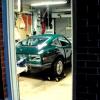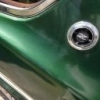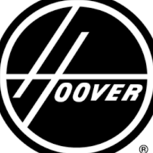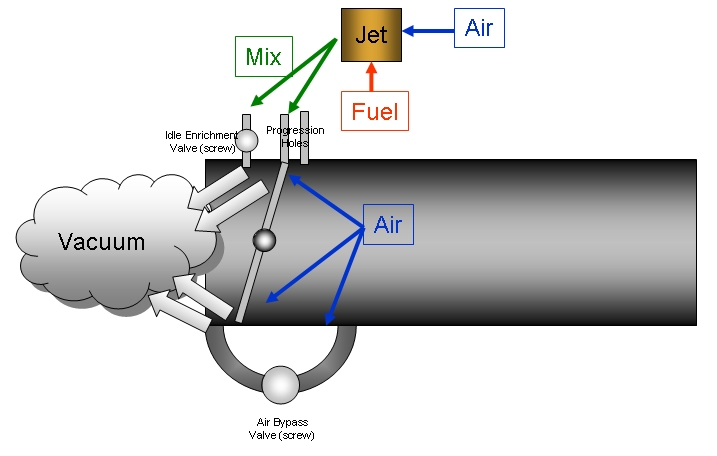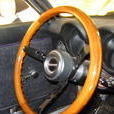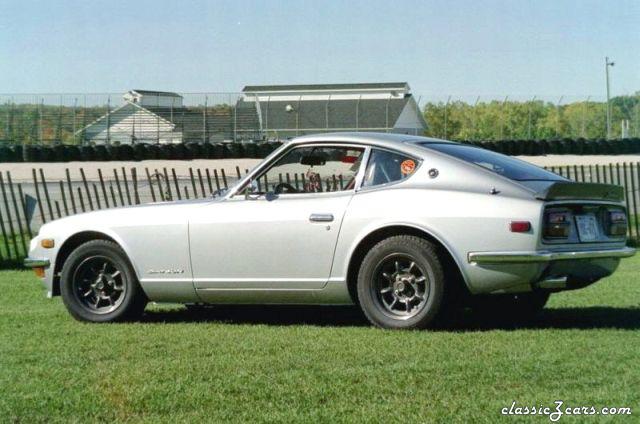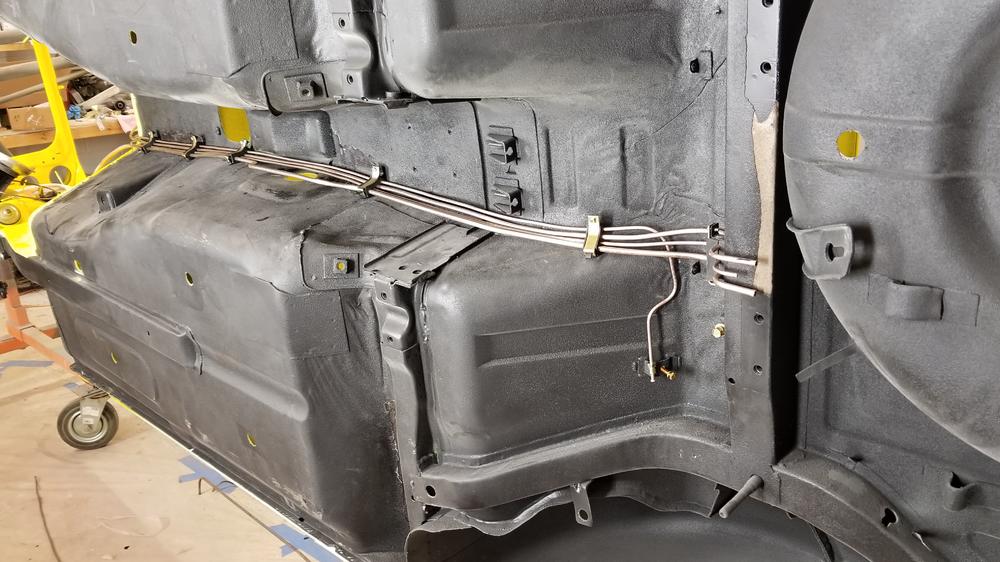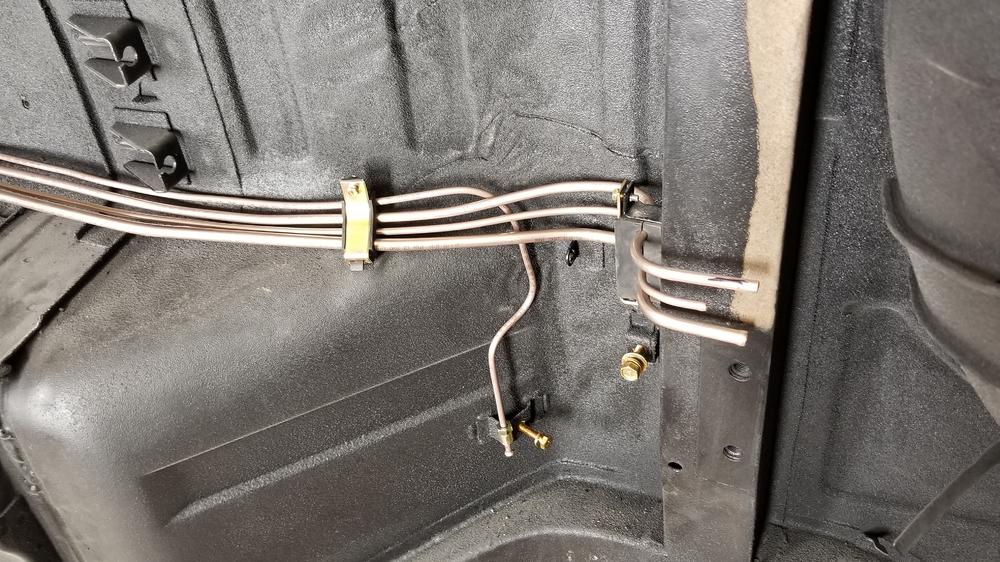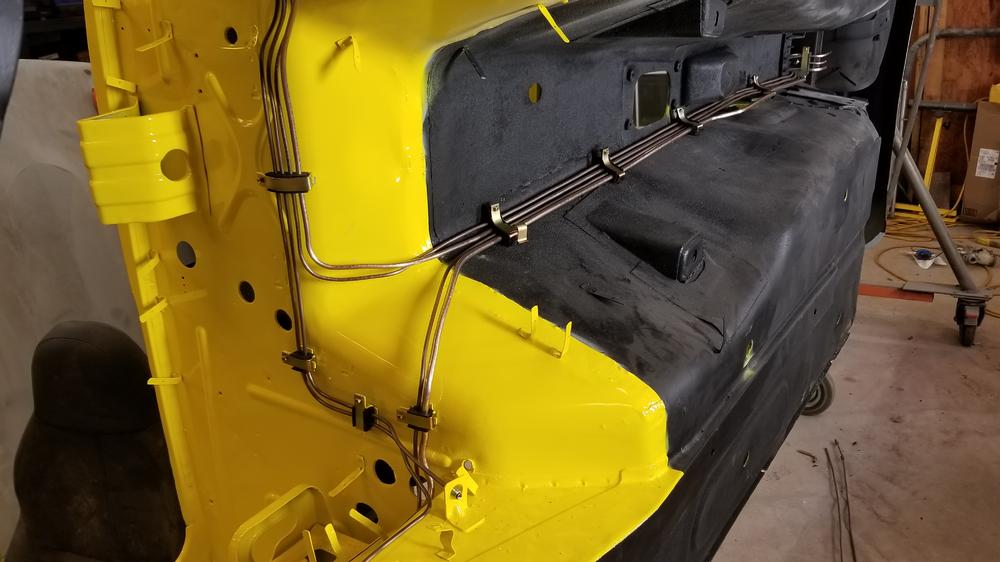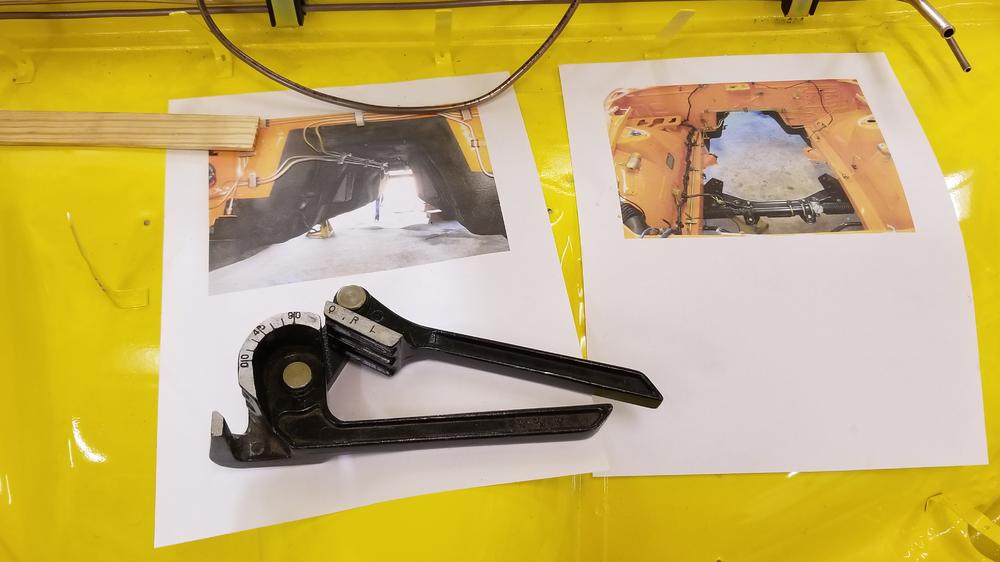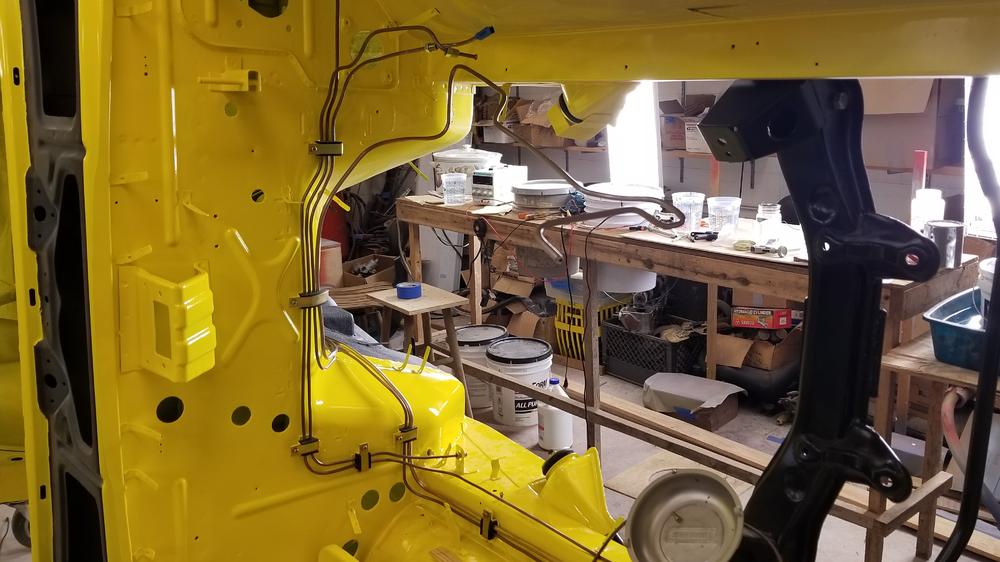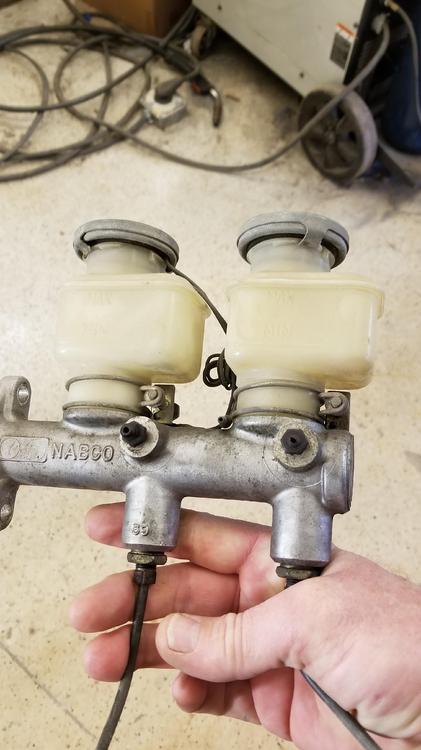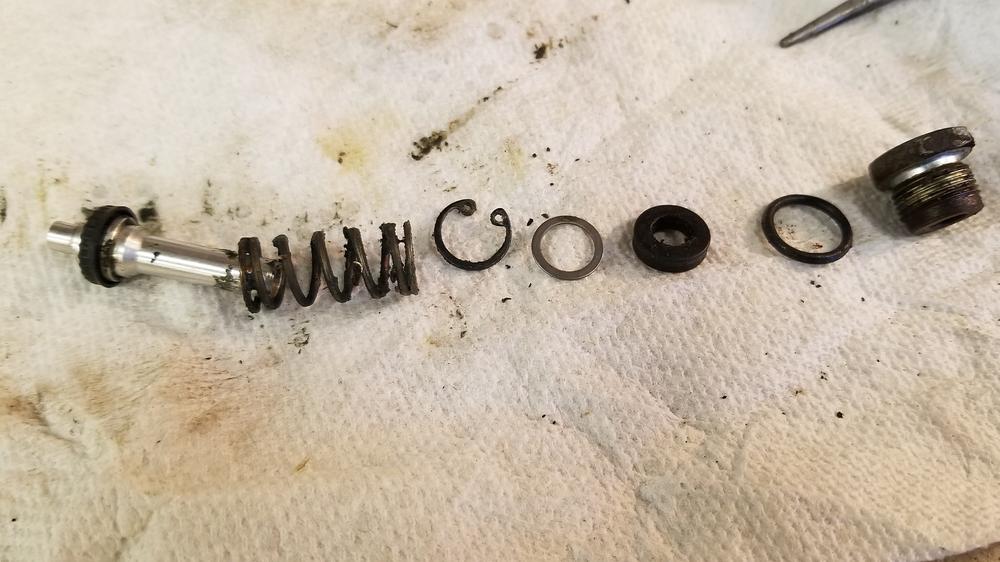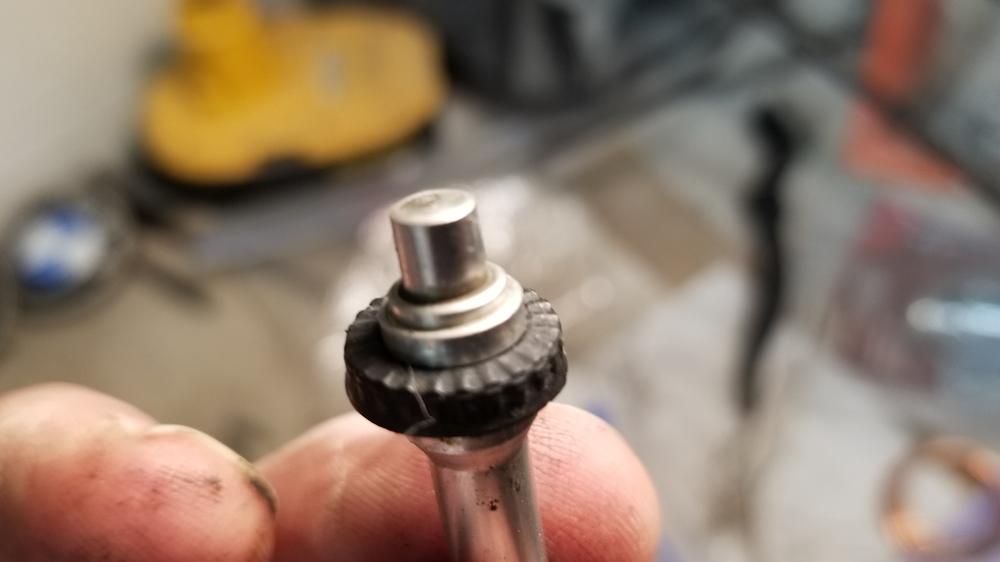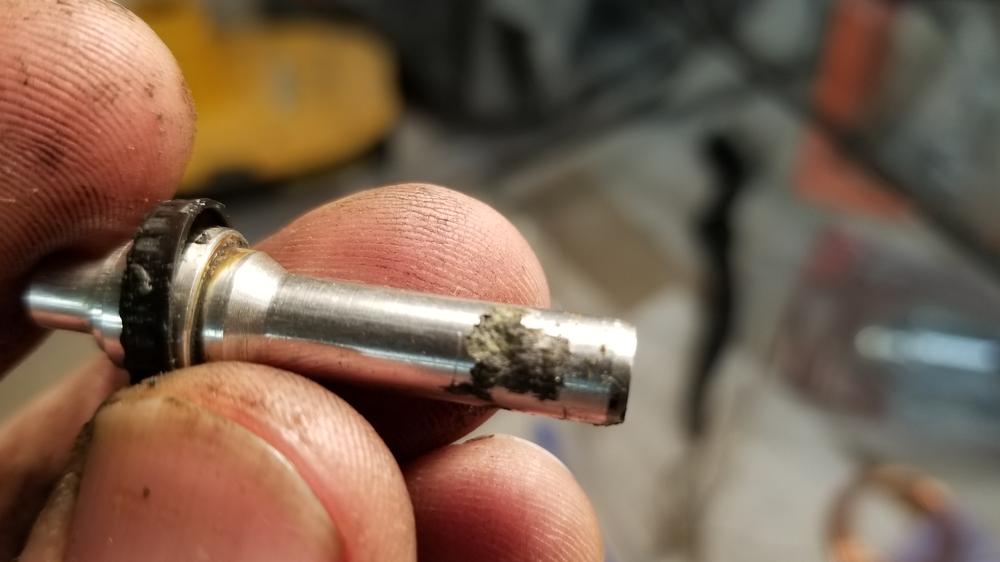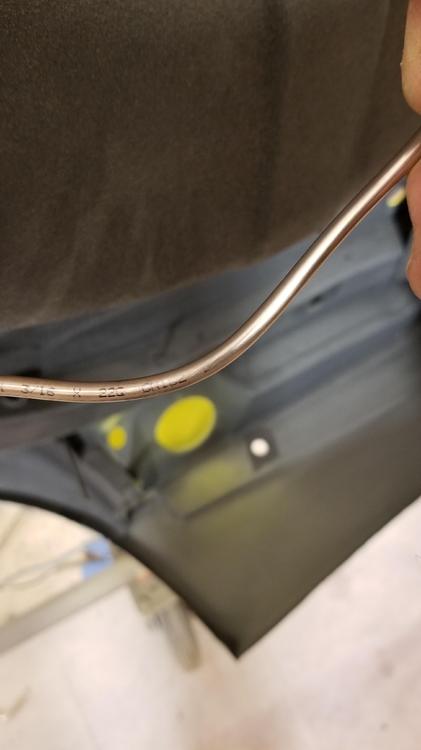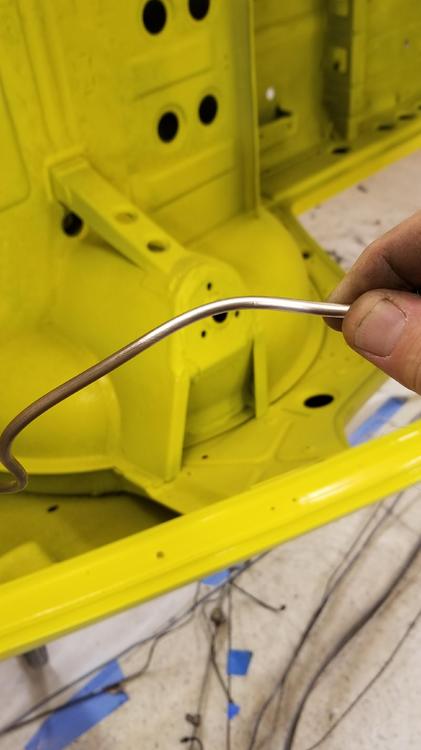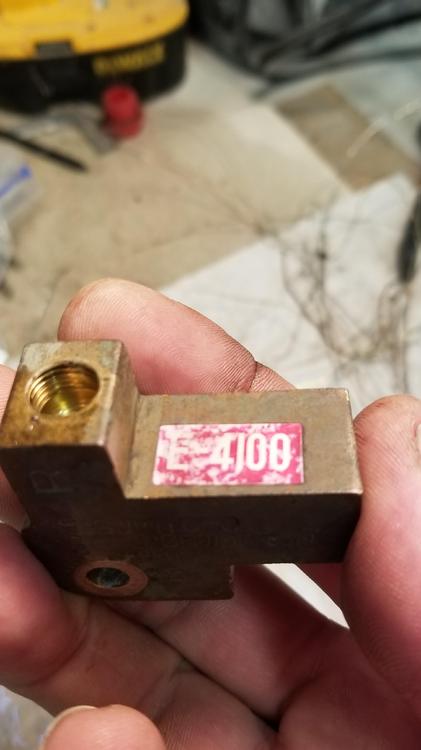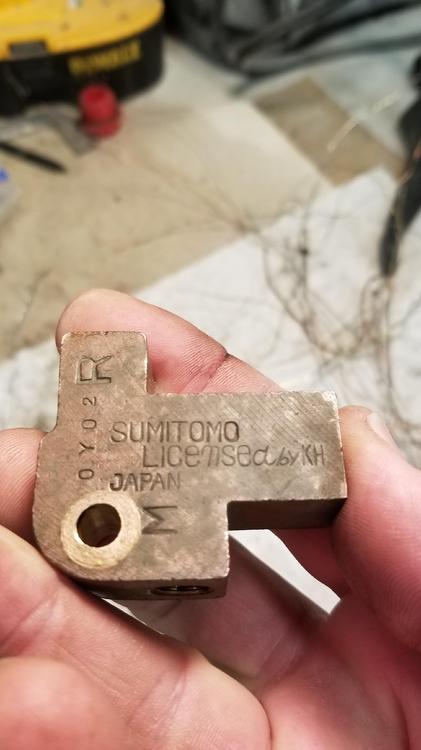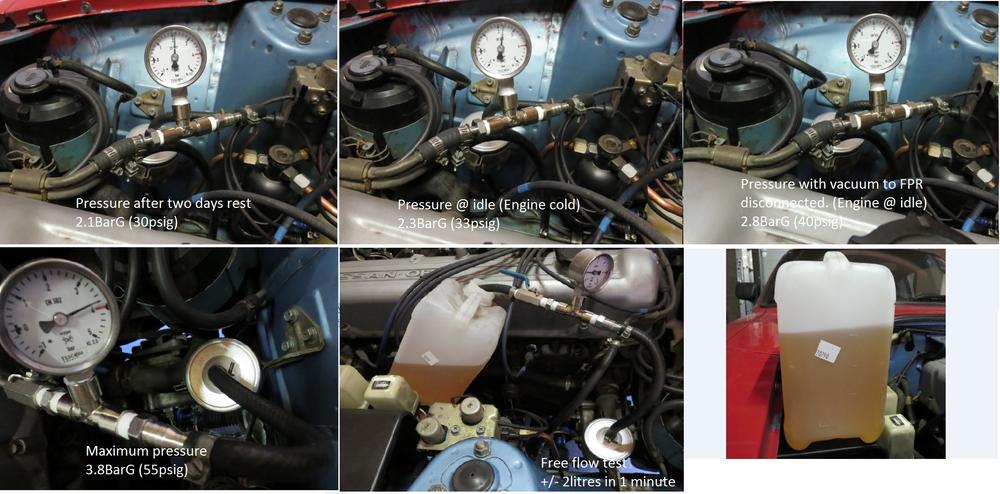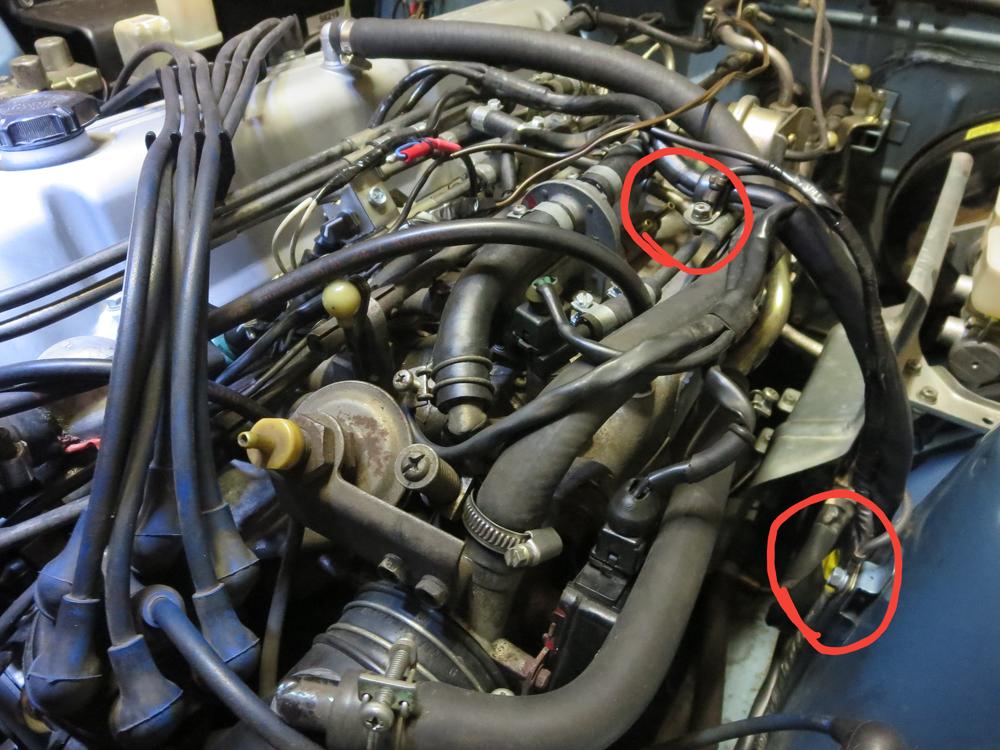No, and no.
I would absolutely NOT use red Loctite on any of that suspension hardware. The "correct" hardware is all supposed to be the vibration resistant style and should not need any sort of thread locking compound at all. However... If you are:
1) uncomfortable relying on just the original distorted thread design, or
2) reusing stock hardware that has been reused a mystery number of times in the past, or
3) using aftermarket hardware that does not have a locking feature built into it
then I would suggest you use either the blue medium or maybe even the purple low strength thread lock. You most certainly do NOT want red as it will require a torch to take things apart again in the future.
And as for the spindle pin, it should NOT require a press to get the pin into the hole at the bottom of the strut housing. It should slip in nice and easy. Spin in the bore with two fingers, and fall out with gravity if you tilt the assy to the side. If you need a press to get the pin into place, then you have a burr kicked up inside somewhere, or you've still got rusty crap built up in the are and have more cleaning to do.
My money is on rusty crap as my past experience indicates that a wire brush is not aggressive enough to remove the hard thin layer of surface rust that builds up in that hole. Chemical means or a more aggressive mechanical means would be in order. Long (sacrificial) round file for example. The hard cast iron will probably ruin the file, but consider it a donation to the cause.







